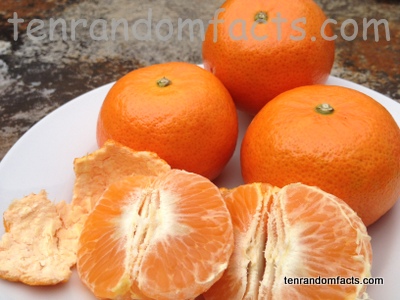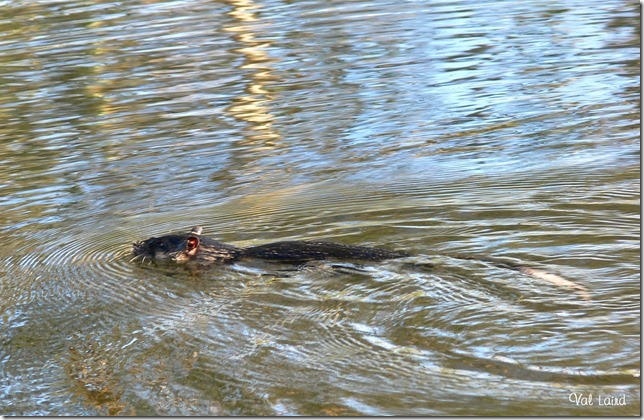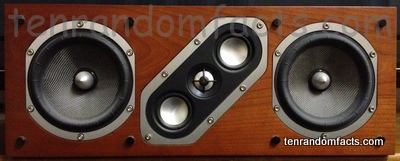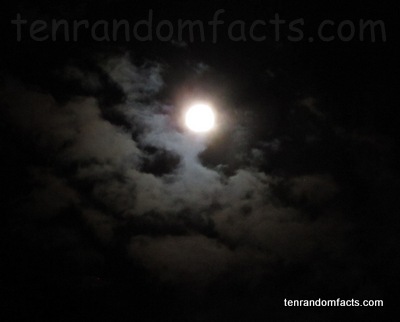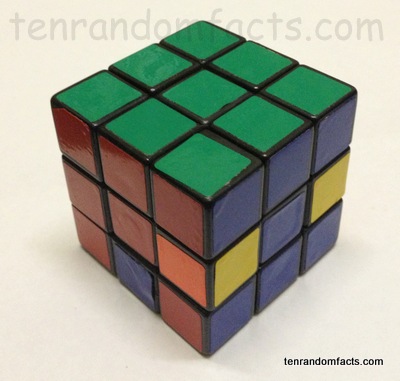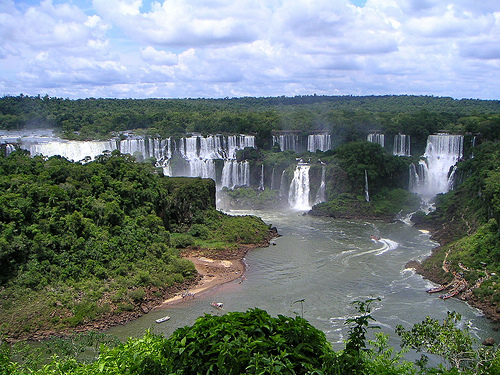
Iguazú falls, the fall of the iguanas.
- Iguazú falls is a collection of 275 waterfalls laid out in a ‘J’ or a horseshoe shape in the Iguazú/Iguaçu National Park that makes up part of the border of Brazil and Argentina.
- ‘Iguazú falls’ is the Argentinian name of this group of waterfalls, while ‘Iguaçu falls’ is the Brazilian name, and they are also known as ‘Iguassu falls’ or ‘Iguazu falls’,and mean ‘great waters’ in the local indigenous language.
- In 2011, the New Seven Wonders of the World Foundation declared Iguazú falls as one of the New Seven Wonders of Nature.
- The total length of Iguazú falls measures 2.7km (1.7 miles, while the waterfalls reach anywhere from 60 to 82 meters (1097 to 269 feet) in height.
- Argentina is the home of approximately 220 of the waterfalls of Iguazú falls, while the other 55 waterfalls can be found in Brazil.
Iguazu Falls
Image courtesy of Patrick Nouhailler/Flickr
- Iguazú falls has the second largest water flow of all waterfalls on Earth, second to Niagara Falls, with an average of 1,750 meters cubed (62,000 feet cubed) of water per second.
- Iguazú falls has dry periods for a few weeks every year, where the waterflow is significantly reduced, but in the drought of 2006, the water of the waterfalls was reduced for a significantly longer period.
- The best seasons to view Iguazú falls is during spring and autumn, which are the rainy seasons, as the waterfalls reach its greatest velocity.
- The mist produced by Iguazú falls reaches up to 30 – 150 meters (100 – 490 feet) in height, depending on the location.
- The power of Iguazú falls has been used to create hydroelectricity, creating 40% of the electricity need of both Argentina and Brazil.
Bibliography:
Hamre B, Iguazu Falls, 2013, About.com, <http://gosouthamerica.about.com/cs/southamerica/a/IguazuFalls.htm>
Iguazú Falls, 2013, Welcome Argentina, < http://www.welcomeargentina.com/puertoiguazu/iguazu-falls.html>
Iguazu Falls, 2013, Wikipedia, < http://en.wikipedia.org/wiki/Iguazu_Falls>





